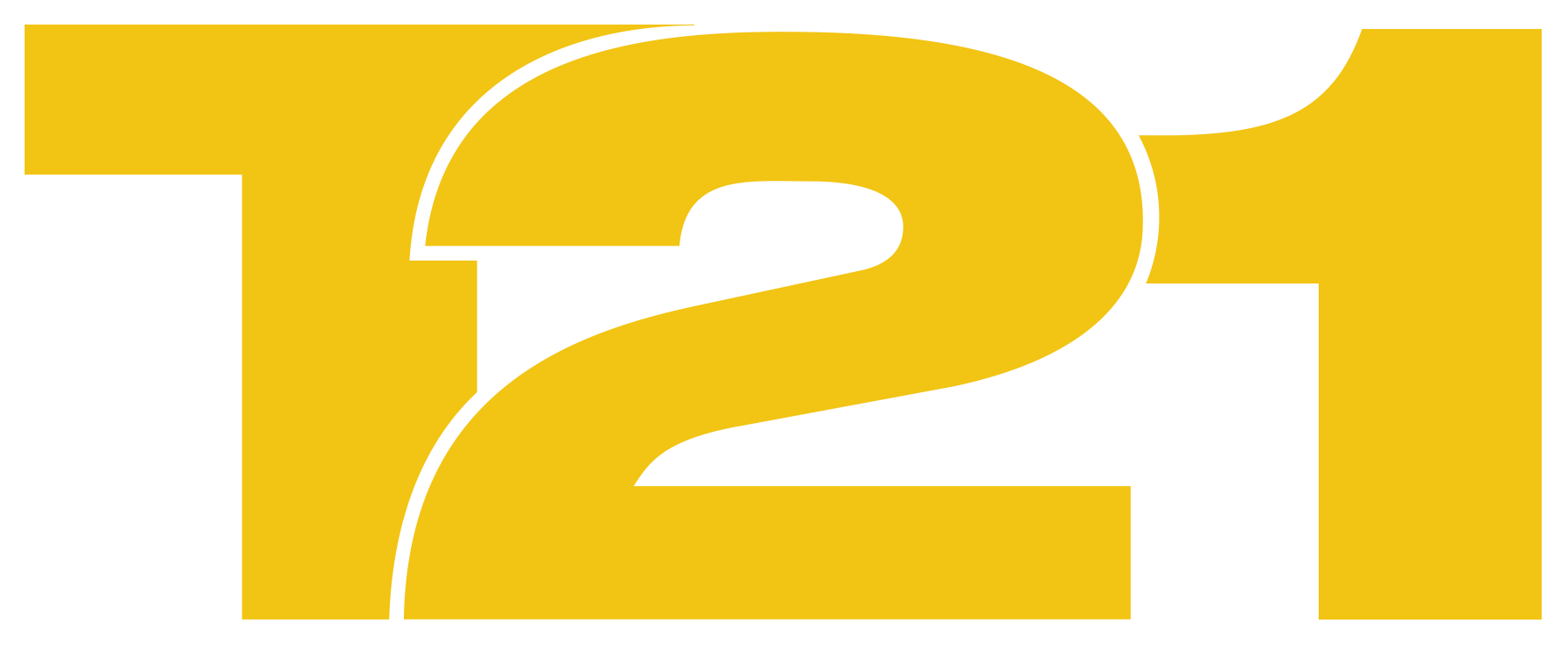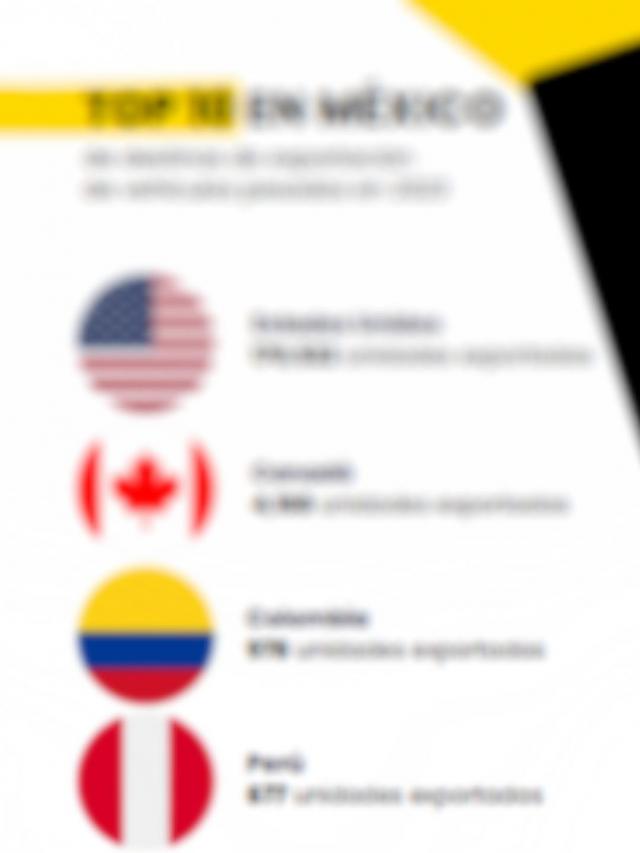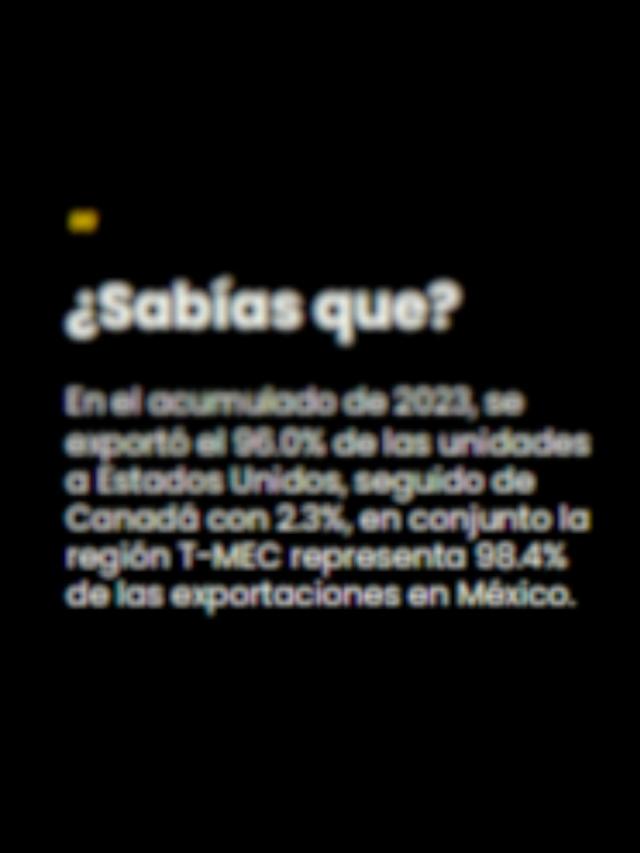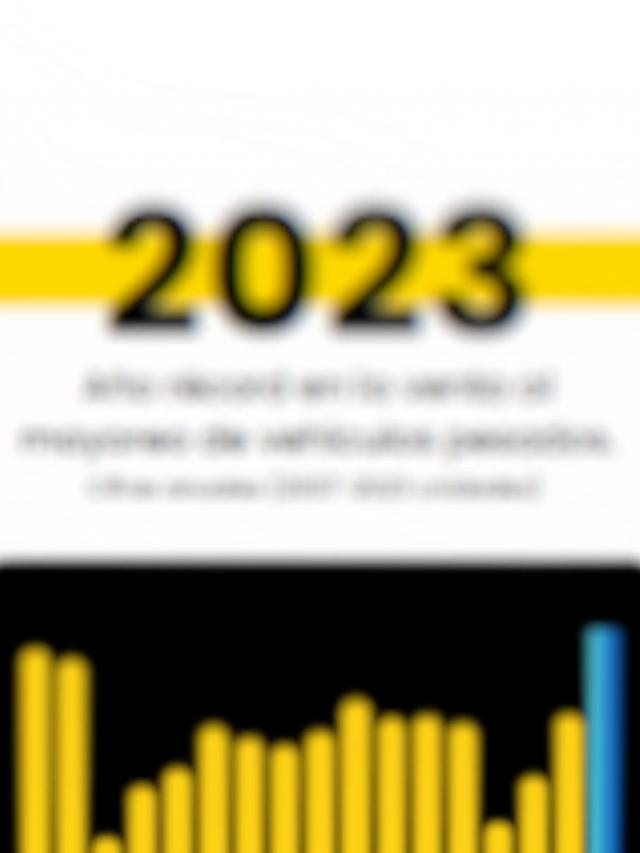
In an increasingly competitive and demanding ecosystem, Mercado Libre has invested in technology and the strategic expansion of its infrastructure to maintain its promise of ever-faster deliveries. In 26 cities in Mexico, the company delivers packages the same day a user makes a purchase.
With its own air network, predictive artificial intelligence, and specialized distribution centers , the company declared itself ready to face Hot Sale 2025, which will take place from May 26 to June 3.
In an interview with T21, Omar Ramírez , Senior Director of Logistics at Mercado Libre México, detailed how the company has transformed its logistics network to meet growing demand and deliver products on the same day , a milestone that combines cutting-edge technology, specialized infrastructure, and a hybrid logistics ecosystem.
“The 37% year-over-year growth would not be possible without technology that allows us to be more efficient from the moment we collect the product from the producer, through the delivery of the product to our centers, until it reaches the buyer,” Ramírez said.
One of the key developments is the use of artificial intelligence in its Receiving Center , which predicts demand and strategically allocates inventory across the country’s 12 distribution centers.
“This system has continuous learning, the famous Machine Learning, but not only that, it also predicts which products are sold or will be in greatest demand in different cities across the country. In such a way that in this product reception center, this system, which helps with artificial intelligence and optimization components, tells you which city in which fulfillment center, for example in León, Guadalajara, Monterrey or the Valley of Mexico, which is where we also distribute nationally, where to house that stock, where to put a certain number of SKUs and their depth in items to be able to meet future demand,” he explained.
This approach has allowed Mercado Libre to scale operations without losingdelivery speed, optimizing its ground network and reducing costs.
In February, the company opened a new 100,000 m2 distribution center in the State of Mexico , specifically designed for large-sized products. The facility stands out for its vertical utilization and automation, key elements for improving productivity.
The strategy is complemented by its own airline network, which already operates up to six flights daily during peak seasons.
“We’ve not only changed the aircraft model, we’ve also expanded airport coverage. Today, we’re reaching many more areas the next day,” Ramírez noted.
On the other hand, the last mile is served through more than 3,300 parcel delivery agencies distributed across thousands of neighborhoods, in addition to a flexible model called Mercado Envíos Extra , which allows individuals or family businesses to make deliveries and operate routes.
Omar Ramírez also highlighted the use of electric vehicles as part of a regional sustainability strategy.
“We have nearly a thousand vehicles circulating in Mexico, as well as in other Latin American countries, and all of them are part of our commitment to responsible operations,” he said.
What’s missing to go further?
Ramírez admitted that, although same-day deliveries are already available in 26 cities, there are still areas where the infrastructure to achieve this is lacking.
“We’re ready: we have the storage capacity, the systems, the drivers, and the vehicles. What’s needed are the conditions to bring that speed to more regions,” he concluded.
With this in mind, and with an eye toward Hot Sale 2025, Omar Ramírez assures that Mercado Libre is prepared to face peak demand without sacrificing its promise of fast, reliable, and sustainable delivery.
Comment and follow us on X: @jenna_GH_ / @GrupoT21















